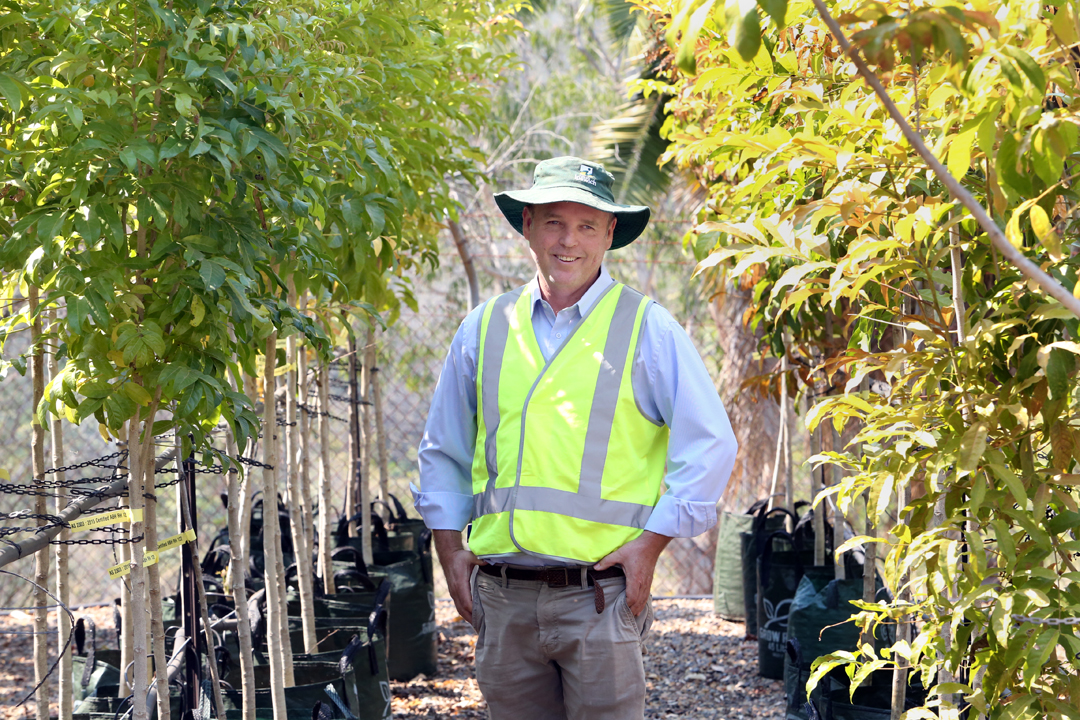
James Hilyard is Ipswich City Council’s Infrastructure and Environment Department, Acting City Maintenance manager.
James is a horticulturalist, arborist and holds a masters degree in sustainability.
In this month’s column, James shares why trees are so important in an urban environment.
As an arborist and horticulturist, it’s fair to say I like trees a lot.
They are vital to the health of our city by cleaning the air, reducing energy use by keeping us cooler and they reduce stormwater runoff and erosion, to name a few.
A recent study shows trees also improve our mental health.
People in urban areas have a lower risk of developing psychological distress and better overall health if they have more trees within a walkable distance from their homes, a study by University of Wollongong (UOW) researchers has found.
In neighbourhoods with a tree canopy of 30 per cent or more, adults had 31 per cent lower odds of developing psychological distress, and 33 per cent lower odds of rating their general health as “fair” or “poor” over six years.
Urban green spaces with open grass rather than a tree canopy did not deliver the same benefits.
Tree cover also provide spaces where people can benefit from interacting with each other and with animals, such as birdwatching and walking dogs, which can all be good for our mental health.

5 tips to keep your trees healthy
- Chose the right tree for the right spot. Leave plenty of room for growth and before you dig a hole, make sure there are no utility pips or wires below or power lines above.
- New trees will need more water but even mature trees need some water in dry, hot weather. A long, slow deep watering is the best.
- Spread a slow-decomposing mulch around your tree but be careful not to get it on the trunk. This will help to conserve soil moisture.
- Fertilise your trees with a slow release fertiliser regularly to release.
- Prune your tree to remove any dead wood. The best time to give a heavy prune is in the slower growing months.


